Borobudur, Prambanan, Mendut and Merapi
- hm
- Aug 29, 2024
- 5 min read
Yogyakarta is a city on the most populous Java Island in Indonesia, about 45 minutes flight from its current capital, Jakarta. It is a gateway to two amazing UNESCO world heritage sites.
There are many tour operators in there and the most popular trip starts with a 4am pickup to see the sunrise over Merapi mountain. Tourists are driven for just over an hour to the parking lot of Punthuk Setumbu, a popular place to watch the sunrise, northwest of Yogyakarta.
The Mount Merapi and the Borobudur Temple shrouded in a sea of mist are the attractions visible from a viewing area, which is about 10-minute walk from the parking lot. The steps leading to it have many small cafés that can provide you enough dose of robusta coffee to jolt you out of your sleep.
Hundreds of people were waiting for the sunrise to hitch was expected at 5:43am, the silhouette of Merapi was visible off and on. A dense, dark cloud cover in the foreground kept us guessing if we would see the sunrise or see it when it was well up in the sky.
A plaque stated that from Punthuk Setumbu, the Borobudur, Pawon and Mendut Temples are positioned in an imaginary straight line to the east. This was aligned with the ancient building considerations that preserved the harmony between macro cosmos (the universe) and the microcosmos (human beings).
These temples were designed combining the Tri Mandala - Hindu and Vajra Dhatu Mandala - Buddhist concepts. Their position is believed to be related to the three stars of Orion's Belt: Alnitak, Alnilam and Mintaka.
All the visitors' expectations to see the sunrise were dashed today as the thick clouds hid the sun. Far in the distance, the Borobudur temple could be seen.
The tour proceeded to the next notable place, the Mendut temple and monastery. The Viharas on each side of the monastery and the reclining right-handed Buddha added to the peaceful feeling.
The Kinnara and Kinnari, male and female guardians of heaven were at the front of the temple, they have body of half human and half bird. The Mahayana Buddha statues are seen throughout the temple compound as well as the 'Stupa'.
The steps of Siddhartha Gautama, the Buddha, are represented by lotus flowers to symbolize the seven steps he took after his birth. At each step, a lotus flower appeared on the ground. These steps are symbolic and represent the directions: north, south, east, west, up, down, and here.
The Bodhi (or Peepal as it is called in India) tree is ever present and its leaf, when bent backwards looks like the shape of the Stupa.
One sculpture shows Siddhartha Gautama got very skinny with the prolonged meditating. The monastery accepts people to learn about Buddhism or to become monks. Once a person decides to become a monk, they have to give up all their possessions and also shave all their hair, and the sculpture above symbolizes that.

The ever-blooming Sala tree was everywhere. With its fragrant flowers, it is said to have borne witness to Buddha's enlightenment and its flowers bloom very close to the ground.
In the temple complex behind the monastery, are the two dwarpala (door guards) at the entrance and many Buddha statues gifted to Indonesia by governments of various southeast Asian countries like Myanmar, Cambodia, Japan, China.
Very close to the monastery is the 9th century Buddhist Mendut temple which closed for visitors during the time I was there, so I had to be content with a few pictures from outside. The 8th century Pawon temple nearby was also closed. It is a temple where the ashes of cremated remains of kings were stored. These two temples are called as 'upa anga' or subparts of the Borobudur temple.
Across the street from the Pawon temple was a place to experience the famous Indonesian Luwak coffee. It is made from coffee beans that are rescued from the Luwak animal's feces. The beans are fermented in Luwak's stomach lowering the acidity of the coffee and it is sold at a high premium. Arabica beans are from high elevation of about 5,000 feet and produce smooth tasting coffee while the Robusta beans from low altitudes are richer but more bitter.
They also had a Luwak specimen for people to admire and play with. The furry, nocturnal animal was playful and cute.
The next place to visit was the highlight of the day, the biggest Buddhist temple in the world, the UNESCO world heritage site, the eighth century Borobudur temple. Arriving there, a guide was assigned to our group, and we waited in a big airy waiting area for the guided tour to start.
The majestic temple has 10 levels and only the first 9 are open to visitors, the tenth reserved for Buddhist priests. There are thousands of reliefs which depict many stories in intricate carvings. The area is earthquake and volcano prone, the ashes coat the rock making them susceptible to moss growing. The temple is closed for visitors each Monday, the day when the staff washes the whole structure.
Borobudur was abandoned and then hidden under layers of volcanic ash and jungles before it was rediscovered by the Dutch and British explorers.
The big Stupas at top are perforated with diamond shaped perforations and inside the Stupa is a sculpture of the Buddha.
The whole temple is gigantic and has been restored in the 1980s with the help of UNESCO. The floor shows the use of interlocking rocks to hold the entire structure together. As you exit the temple, there are hundreds of vendors in the adjoining market that have many types of souvenirs.
Mount Merapi is close by and is one of the most active volcanoes with many major eruptions in the recent times. There was considerable damage to life and property in the 2010 eruption and humungous lava flow for almost 17km. The damage due to 500-degree centigrade smoke during the eruptions killed a lot of livestock and melted glass.
The lava released a lot of extremely hard material from earth's core which mining companies are extracting and using for building and other materials. A huge boulder from the crater 15+km away flowed with the lava and it looks to vaguely have eyes, ears and nose. It is called the Alien Rock.
The Merapi part of the tour was conducted in a Jeep and there was an exciting component of it that entailed high speed crossing of a river. Over 30 Jeeps were going again and again in the gravel and the river at fast speeds and the tourists in the Jeeps were enjoying the adventure. It was like a mini Disney ride.
The final monument to see today was the second largest Hindu temple in Southeast Asia named Prambanan, second only to the Angkor Wat in Cambodia.
This temple complex has the Brahma, Vishnu and Shiva temples as the main monuments.
Temples for Ganesha, Durga and Agastya Rishi, the revered author of many Vedic texts, are part of the biggest temple of the complex, which is the Shiva temple.
All the temples have beautiful reliefs narrating Ramayana stories.
There were about 10 temples standing as far as I could tell but hundreds of others were a heap of stones, thanks to a huge number of earthquakes that this region has experienced. I am hopeful that archeologists and UNESCO will manage to put them together in the near future.
Overall, the long day was an overwhelming overload on the senses with lots to see and appreciate. It was also humbling to see the history, the monuments, the force of nature and human creativity.







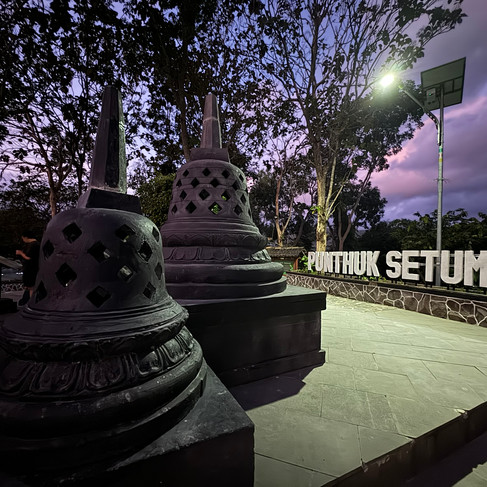















































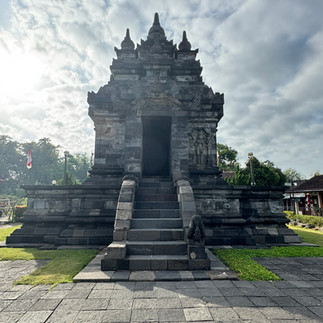















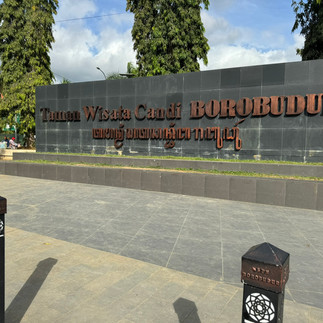




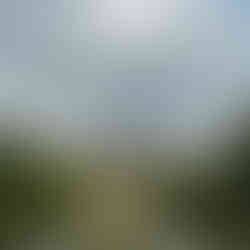



































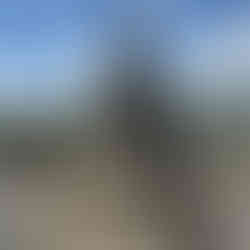




















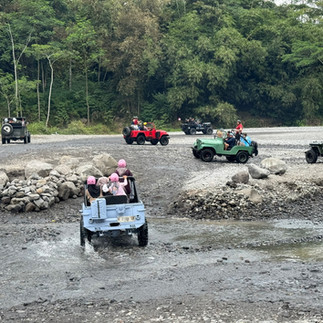








































Comments